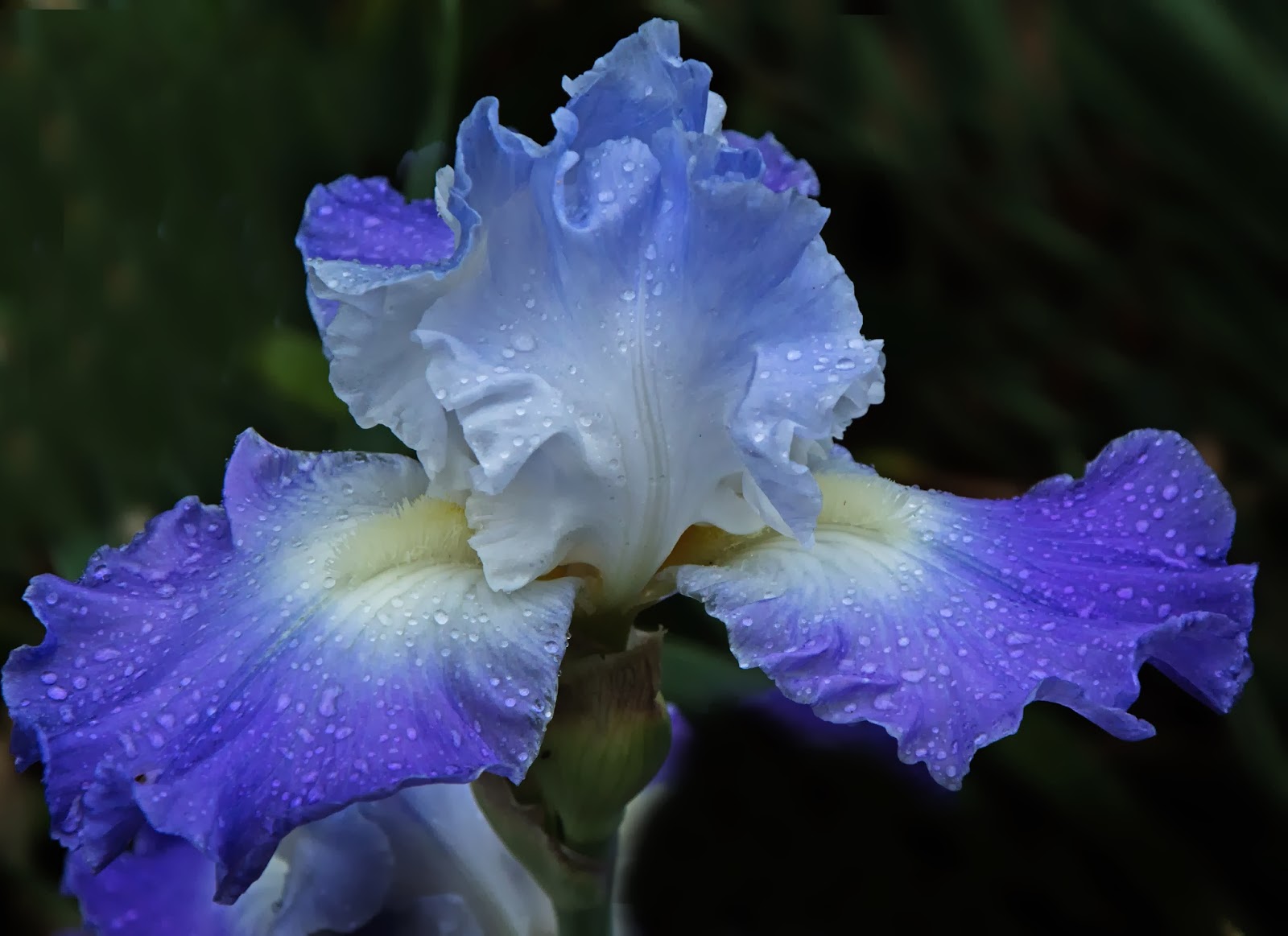The really
good catalogs spend lots of time and effort to make sure that you get those
items that will absolutely grow the best for you. Most seed and plant catalogs
will provide the growing zones best suited for your area. In Virginia, most of
us are in zone 6 or in zone 7. If this is all the information you have, beware!
Your chances of wasting money just went up.
What is some
of the other important information you may want to know? Sun or shade, soil
type, growing conditions, plant uses, dry or moist conditions, and certainly
when and how much to plant is essential information.
Catalogs
come from different parts of the country and even different parts of the world.
Look for information on where your catalog originated. Chances are a catalog
coming from the north will focus on varieties suited for that area. The same is
true for southern publications. They focus on plants that grow well in the
south. The Northeast, the Great Lakes region, the Pacific Northwest, and they
all offer wonderful varieties. The question is: will they grow in my area?
Pay very close attention to what a catalog says about adaptation and even
closer attention to what they don’t say. You can learn a lot by reading between
the lines.
Plant
selection is harder than it once was -- and that’s a good thing. Today we have
more varieties bred to grow under special circumstances than ever before. You
can find new crosses that germinate in cool or warm soil. There are plants
designed to grow at different parallels. Plants have been designed to set fruit
at unusually high temperatures or that have a longer field or shelf life. Buy
from catalogs that freely offer this information to save yourself a lot of
frustration and money.
Perhaps more
money is wasted on onions than on any other plant in the garden. The practice
of growing onions from sets or small bulbs has been a common one for our area.
The problem is these onions were planted last year at very high density rates.
This keeps the bulbs small and suitable for replanting the following spring.
The onion, being biennial, wants to grow slightly and then set seed. Large
onions are hard to grow this way.
A better way
of growing onions is from seed or plants. Here’s where you need to pay
attention. Onions are classified into short day, long day, or intermediate day
classifications. Short day onions are sweet but hard to keep---Vidalia type.
Long day onions are the long keepers found in your supermarket. Intermediate
day onions are a cross with some sweetness and a two to four month storage
window. Below Virginia’s southern border short day onions grow quite well. From
Maryland north, long day onions thrive. That leaves us right in the middle with
intermediate day varieties. Intermediate onions are really good but the
selection is limited.
Where onions
grow best is basically a function of light based on our latitude line. A catalog should give you the onion type, but
even then, there are overlapping zones. Some short day and selected long day
onions will grow for us. Look for specific latitude zone information for the
best results.
Corn
presents a similar situation. Varieties have been selected for northern areas,
southern areas, or chosen because they grow in many areas. Again, look for the
information or read between the lines.
Today’s
expanded seed and plant selections come in three basic categories. Those are:
heirloom, hybrid, and genetically modified (GMO) varieties. Heirloom varieties
are older, seed-stable varieties from which you may save seed and reproduce the
variety. Hybrid simply means that two or more plants have been cross pollinated
to produce your new variety. You could make the same crosses if you knew which
crosses to make. But: don't count on the seed companies telling you. That’s
how they make their money.
Genetically modified varieties involve gene
splicing. The book is still open on these. Some catalog companies will make a
blanket statement that their products do not knowingly contain any GMO
material. If unstated, look for the term “Roundup Ready”. This statement almost
always signals a genetically modified variety.
Most
catalogs will carry a mix of both heirloom and hybrid varieties. Some catalogs
specialize. You will find some really interesting plants in catalogs devoted to
seed saving from heirloom varieties. These are our base of plants from which we
created the hybrids. There are specialty catalogs for beans, tomatoes, sweet
potatoes, fingerling potatoes and exotics.
Sometimes we
overlook the fact that those things right in our own backyards are best. That
leads us to local catalogs. Most of these are found within our area or region.
You’ll find them at your local farm supply, seed store, or garden center. The
varieties found in these books may not be the latest new thing but they are
tried and true. Plant from these catalogs and you are almost certain to find
success barring any natural calamity. For the beginning gardener or for one
with limited funds, these are the ones to choose. In addition, you will
probably be buying from an experienced gardener with local insight.
Look in your
mailbox. Look online. Look in your local community. Wherever you look you are
going to find the best selection of fruits, vegetables, trees, and exotics in
the history of mankind. Plant varieties too close or deliberately cross
pollinate your own varieties and you may be creating the next new thing or
perhaps starting your own seed company. Remember, the man that created the
“Mortgage Lifter” tomato paid off his debt by selling the seed. What a story!
Sample a lot
of seeds. Plant small quantities until you find those best for you. Have fun
and don’t get too serious. Give us a call if the Heart of Virginia Master
Gardeners can help. Happy Growing!
.JPG)


